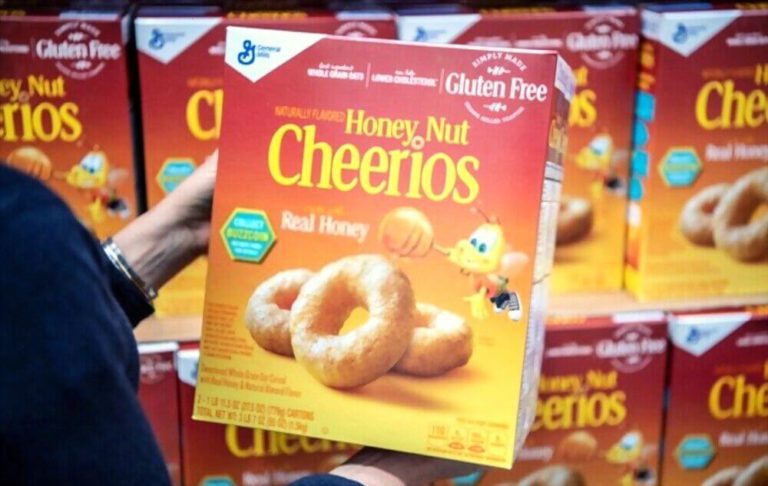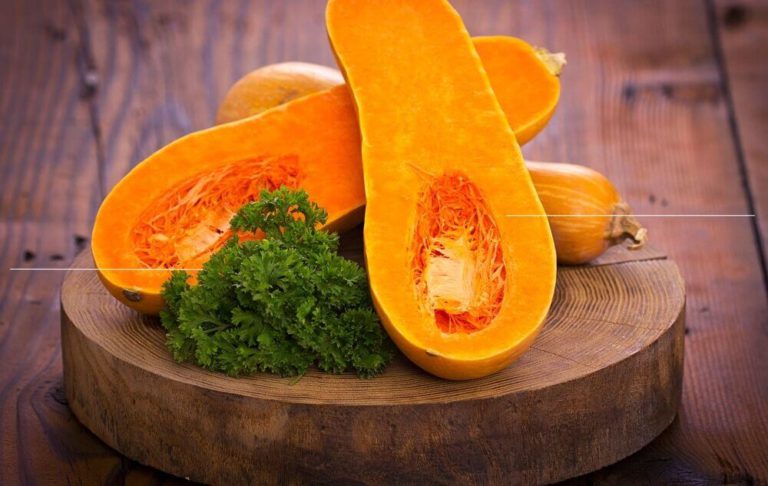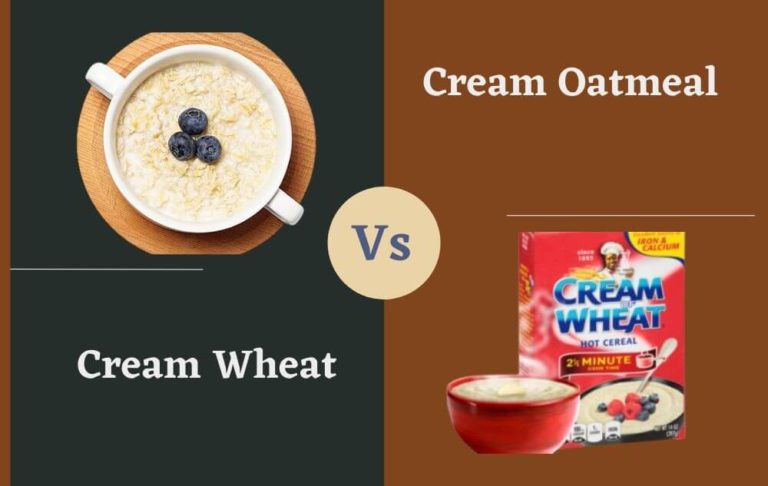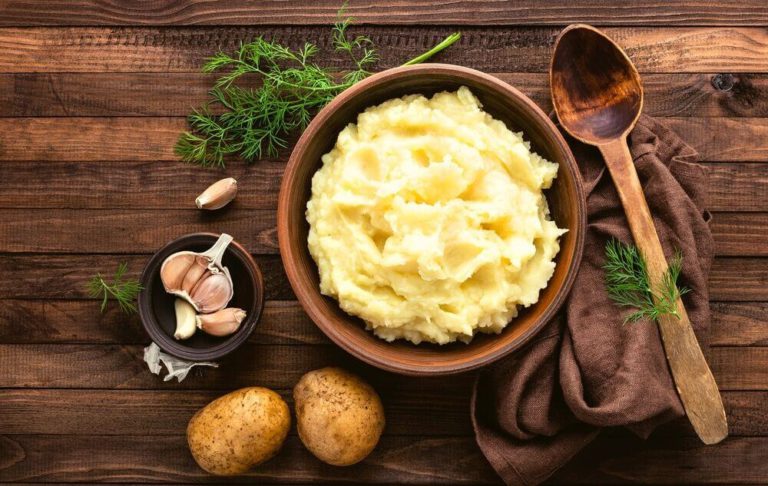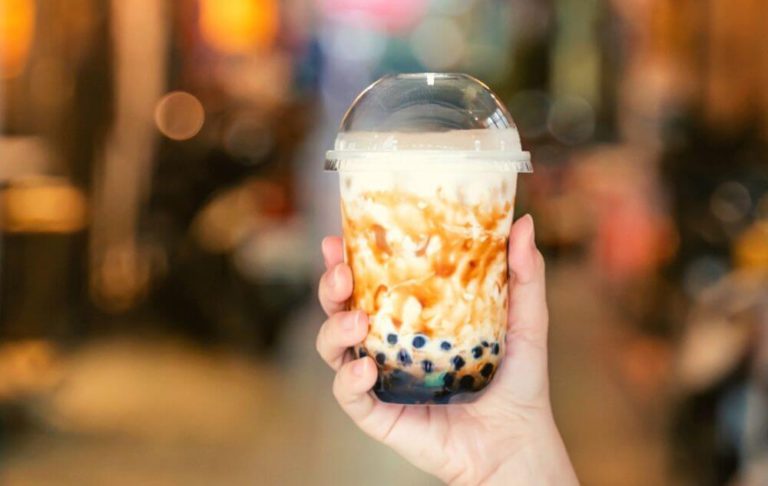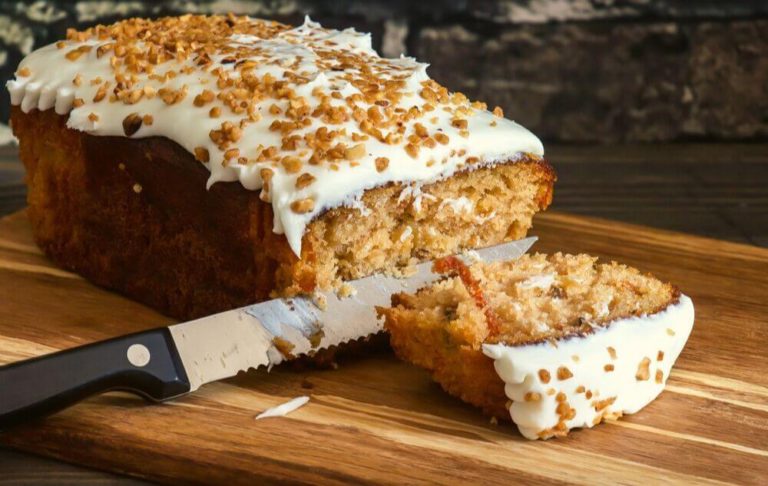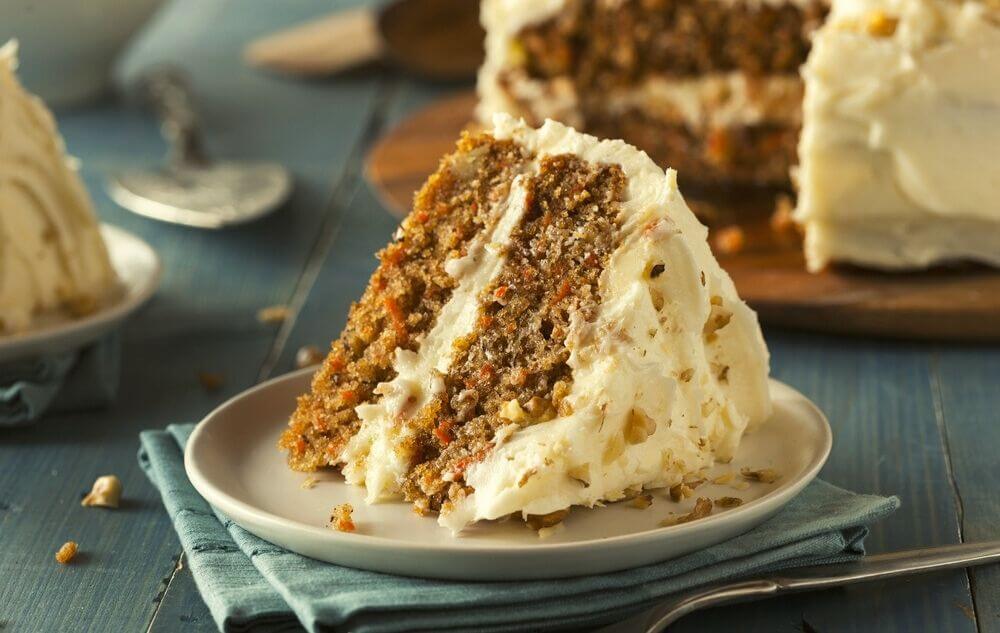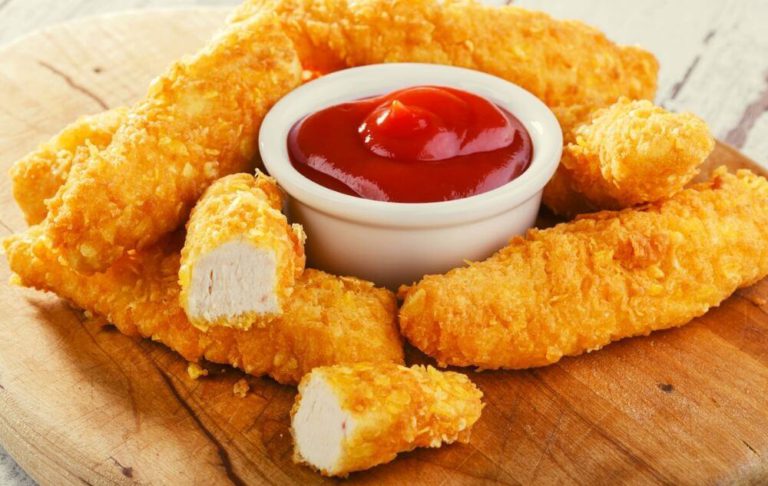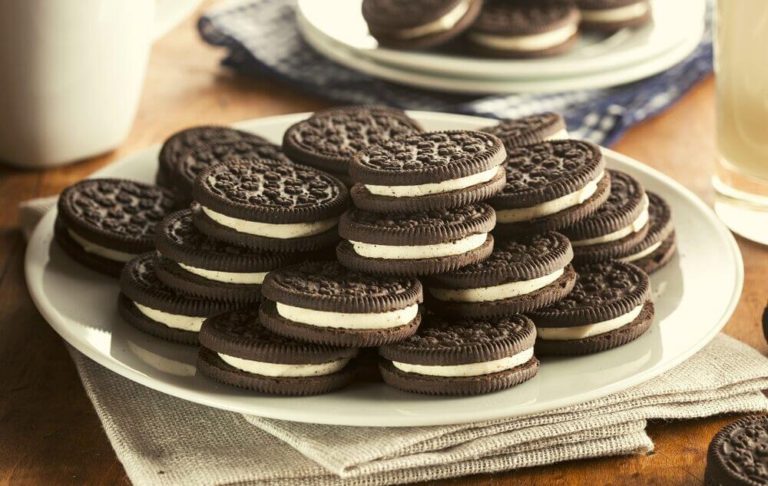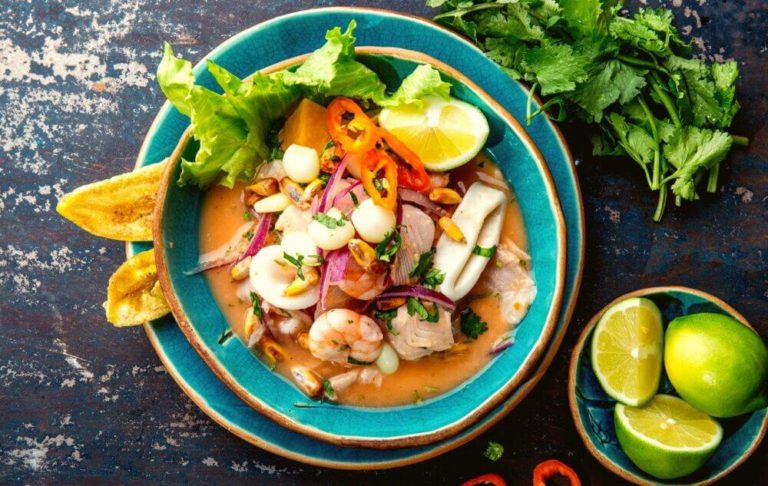Are honey nut cheerios healthy as a breakfast choice? That’s a question that has been asked time and again. And, the answer is…it depends. Sure, cheerios are fortified with essential vitamins and minerals, but they also contain added sugar and high fructose corn syrup.
So, while they may not be the worst breakfast option out there, they’re definitely not the healthiest. Let’s dive into the details.
You may also like: Are Honey Bunches of Oats Healthy?
What is in the Honey Nut Cheerios?

Among the six ingredients found in Honey Nut Cheerios top three elements are different forms of sweeteners. Mostly white sugar, brown sugar, and honey. Honey Nut Cheerios contains almost nine times the sugar found in ordinary Cheerios per serving.
The sugar concentration is much higher than most other sugar-laden bowls of cereal for kids. It’s almost like you’re eating a big bowl of sugar!
What is the specialty of Honey Nut Cheerios? Honey with a hint of nutty flavor makes this cereal suitable for breakfast and dessert. You can enjoy this cereal with or without the milk.
The crunchiness of this cereal is terrific. However, remember that the cereal gets soggy quite fast after pouring in the milk.
Honey Nut Cheerios is extremely sweet, but that is what makes it so delicious. On the other hand, adding the milk is even better since it enhances the cereal’s sweetness and taste—presumably, an excellent way to begin the day.
Are Honey Nut Cheerios Healthy – Potential Health Benefits

Before jumping to the negative side of the Honey Nut Cheerios, we must look at the nutrients side of this cereal. As promised, the company delivered some nutritional elements in their Cheerios.
You may also like: Are Oreos Healthy?
Has a Moderate Calorie Count Per Serving and Provides a Healthy Mix of Fats:
Cheerios are low in calories and fat, which is a plus. A single serving of Honey Nut Cheerios contains the exact recommended amount of fat, 15 gm.
Fiber is good for your gut health, keeping your bowel movements active and regular. It also keeps your cholesterol in check, which can also help your heart. They also include several vital minerals, like fiber and vitamin D, that many individuals do not get sufficient amounts of.
And the calcium content in this Cheerio flavor also meets most of your daily value of calcium (10 percent of daily value).
Iron is Abundant in this Food:
One cup (28 grams) of Cheerios contains 45 percent of the Daily Value for iron, which is a mineral in which many individuals are deficient. This mineral is essential in the transportation of oxygen throughout the body.
However, remember that many of these minerals, such as iron, vitamin B12, and vitamin D, are added during the cooking process and are not found naturally in the cereal.
Excellent Source of Whole Grain:
We already know that all the Cheerios are made of whole grain oats. Given that whole grains contain all of the grain’s components, they tend to include more nutrients than processed grains.
Oats, the primary and distinctive ingredient in General Mills’ Cheerios cereal, are a nutritionally well-balanced source of fiber and iron. In terms of carbs, raw oats have around 66 percent carbohydrates, 15 percent fiber, 7 percent fat, and just 1.5 percent sugar. Furthermore, consuming whole grains high in fiber may help lower cholesterol levels and minimize your chance of developing heart disease.
Can Honey Nut Cheerios Be Bad for You?

It was discovered that this cereal included the following harmful elements, which may result in adverse health consequences!
High Salt Content:
Honey Nut Cheerios cereal is not a low sodium product and should never be considered one. It is recommended that one should not consume more than 115 mg of salt every 100-125 calories on a typically balanced diet. And Honey Nut Cheerios contains around 200 mg of sodium in each bowl!
According to research, a high-sodium diet raises blood pressure, a known risk factor for heart disease and stroke. For heart health, many sources suggest consuming foods with a salt content of 5 percent or less of the daily value.
Carbohydrates are Abundant:
Yes, we just talked about how the oat in this cereal is a good source of whole grain and carbs. Carbohydrates are essential for good health; however, honey nut cheerios appear to have excessive of it for the number of calories in each serving.
It is also suggestive that maintaining good blood sugar levels, a healthy weight, and a healthy heart. While eating a generally nutritious diet should consist of 15-20 grams of total carbs every 100-125 calories.
It Contains a lot of Added Sugars:
Honey nut cheerios cereal has 12 grams of added sugar (24 percent of daily value) per serving, almost half of the daily sugar requirement. The American Heart Association advises no more than 25 grams of sugar per day for women and 36 grams per day for men.
Chronic intake of a high-sugar diet can result in various health concerns. Some of the most drastic ones are weight gain, type 2 diabetes, and cardiovascular disease.
On a typically balanced diet, you should not consume more than 2.5 grams of added sugar (5 percent of the recommended value) for 100-125 calories.
Changes Happened to Honey Nut Cheerios:
Before 2009, the serving size of Honey Nut Cheerios was one cup, weighing 30 grams and having 11 grams of sugars. These days, a serving is three-quarters of a cup, weighing just 28 grams and containing nine grams of sugar.
The majority of individuals are unlikely to measure out precisely the new serving size of cereal before consuming it. Despite the changes, the serving size of ordinary Cheerios mostly remains at one cup. So, using the same one-cup serving size as before, the sugar content of Honey Nut Cheerios is likely to be in the double digits.
According to the Food and Drug Administration (FDA), a cereal’s density can vary the amount of grain that should be consumed in one serving. It appears that General Mills changed the ingredients in Honey Nut Cheerios.
The company did this so that the total weight per serving was reduced, which lowered the claimed sugar level. But it was impossible to determine by how much sugar it decreased.
Cheerios Vs Honey Nut Cheerios: Which One is the Best Option?

Cheerios are nutritious cereal that is high in vitamins and minerals. With an excellent rich oat flavor and a cup of milk, this cereal is something you will be looking for in the morning. You can even have this crispy cereal as an option for your snacks.
Sugar content is minimal in the regular cheerios. From Cheerios, you are also receiving some oat fiber, which can help decrease your cholesterol levels slightly. So, Cheerios are healthier than Honey Nut Cheerios.
They taste like 100% whole grain oats with a hint of sweetness. On the other hand, honey and sugar tastes with a slightly nutty flavor are the main characteristics of Honey Nut Cheerios.
Plain cereals, such as original Cheerios, are good since their relatively high fiber levels impede digestion. According to American Diabetes Association, the slower you digest it, the less violent the blood sugar will be.
How Honey Nut Cheerios will Hamper Your Health
Excessive sugar consumption can have negative repercussions for your health. Gaining weight is one of them. Secondly, if you continue to consume sugar at this rate, it can lead to type 2 diabetes.
It is suggested that you consume no more than the recommended amount of added sugar each day. This is usually six tablespoons or 25 grams.
One serving of Honey Nut Cheerios has already surpassed one-third of your daily sugar allowance, putting you above the limit. Additionally, Honey Nut Cheerios has the potential to lead to childhood obesity. In addition, it will cause the child’s health to deteriorate further.
Frequently Asked Questions (FAQs)
Can I eat Honey Nut Cheerios every day?
No, you can’t, as it has too much sugar.
Can I eat Honey Nut Cheerios without milk?
Indeed, you can, and there’s nothing wrong with eating them dry.
Does Honey Nut Cheerios use real nuts?
They used to use real nuts earlier, but now they’ve replaced it with a natural almond flavor.
Conclusion
Cereals are now the preferable option for us in breakfast. But in the name of taste, we must not compromise our health. We want a tasteful cereal to include in our meal.
Maybe eating Honey Nut Cheerios once in a while will not affect much, but eating this cereal frequently will have repercussions. Whenever your hand reaches for the Honey Nut option, remind yourself, is Honey Nut Cheerios healthy?
Should you have your kids daily take this amount of sugar? Of course, not! Go for the healthier cereal option.

